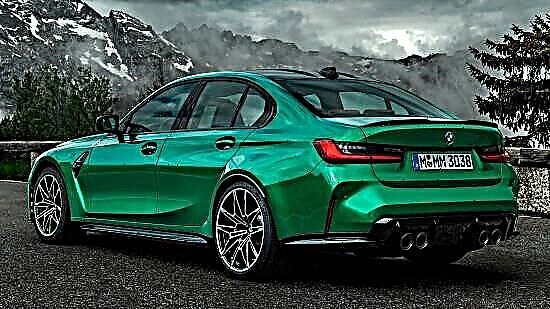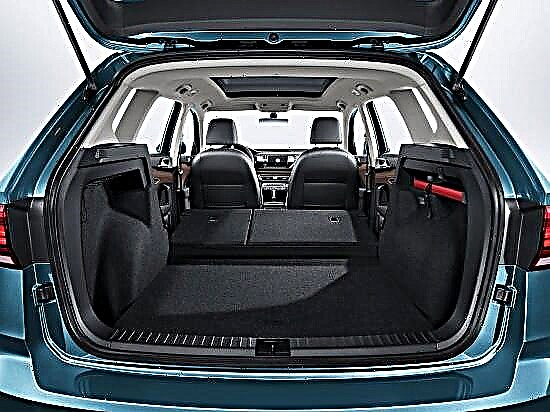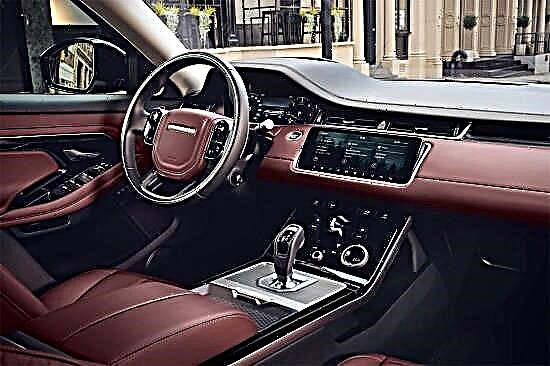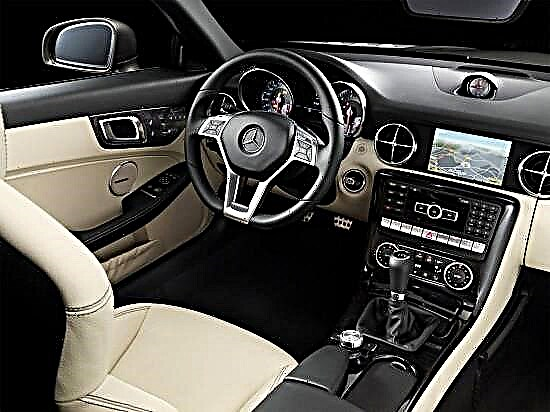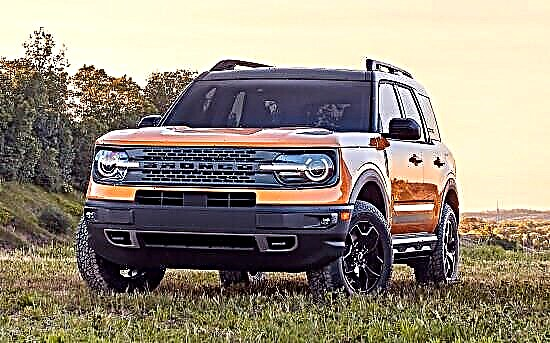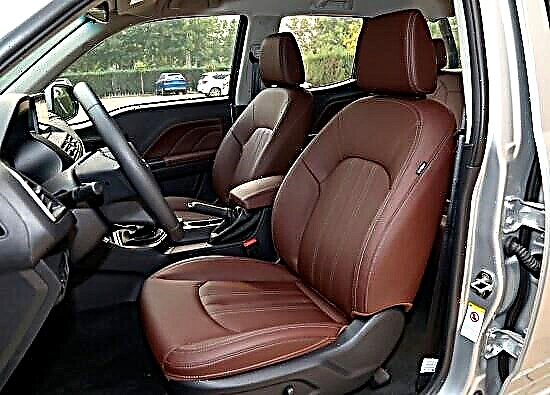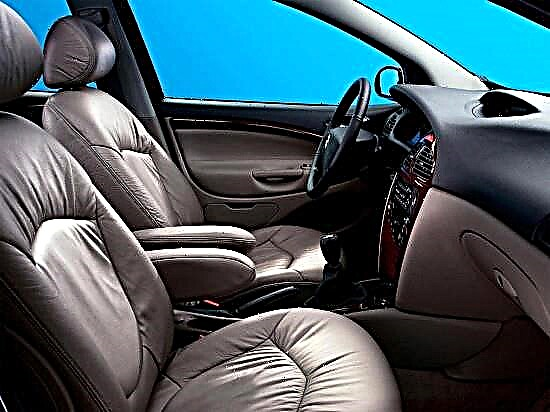The first generation of mid-size Citroen C5, which replaced the XM and Xantia models in the French company's lineup, first appeared before the general public in 2000 at the Paris Motor Show, and its serial production started in early 2001 at the Rennes plant. In this form, the car was produced until 2004 - then it underwent a planned update, as a result of which it received the prefix "II".

The "first" Citroen C5 is a mid-size model of the European class "D", which was assembled in two body modifications - a five-door liftback and a station wagon (Break).

The overall length of the car is 4745-4839 mm, height - 1476-1511 mm, width - 1770 mm with a wheelbase that fits into 2750 mm.

The Frenchman's ground clearance varies from 145 to 200 mm thanks to the hydropneumatic suspension.
Specifications. For the Citroen C5 of the first generation, a varied palette of power units was offered, which were combined with a 5-speed "mechanics" or a 4-speed "automatic" and a front-wheel drive transmission.
- The gasoline part united in-line “fours” and V-shaped “sixes” with a working volume of 1.7 to 2.9 liters, developing 116-207 horsepower and 160-285 Nm of torque.
- Among the diesel options were four-cylinder turbo engines of 2.0-2.2 liters, producing 90-136 "mares" and 205-320 Nm of torque limit.
At the heart of the original Citroen C5 is the PSA PF3 front wheel drive platform with a transversely mounted power unit. The car "flaunts" hydropneumatic architecture Hydractive III with MacPherson struts in front and a multi-link configuration at the rear (both have anti-roll bars).
The Frenchman is equipped with a rack-and-pinion steering with hydraulic booster and disc brakes on all wheels (ventilated at the front) with ABS, EBD and BAS.
The “first” Citroen C5 has a number of positive qualities - a spacious interior, high-torque engines, good dynamics, a high level of comfort, low fuel consumption, excellent safety, rich equipment and low interest from car thieves.
Its negative sides are considered to be expensive maintenance, controversial appearance, quick loss of value and brooding “automatic machine”.

